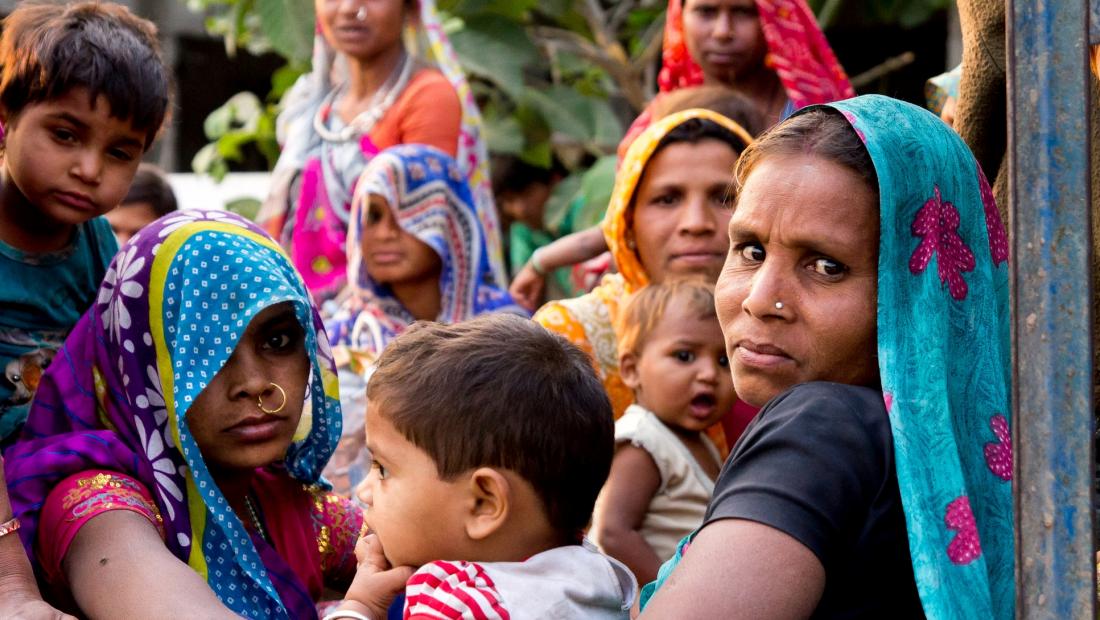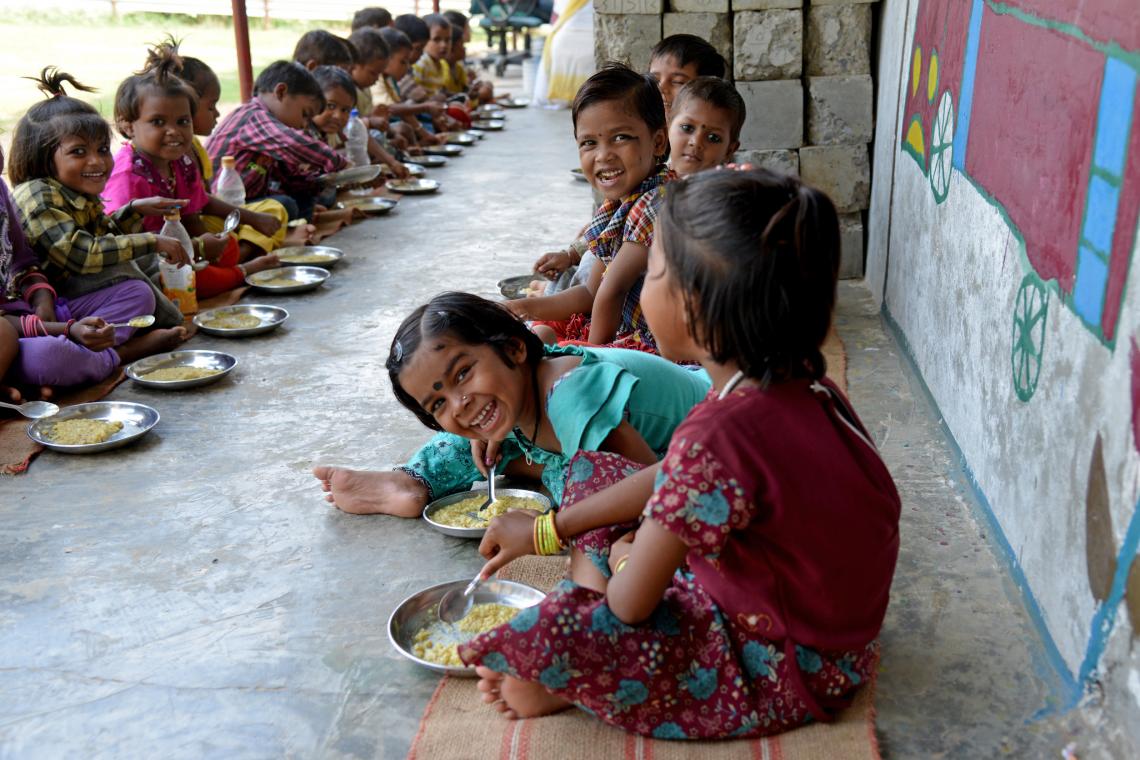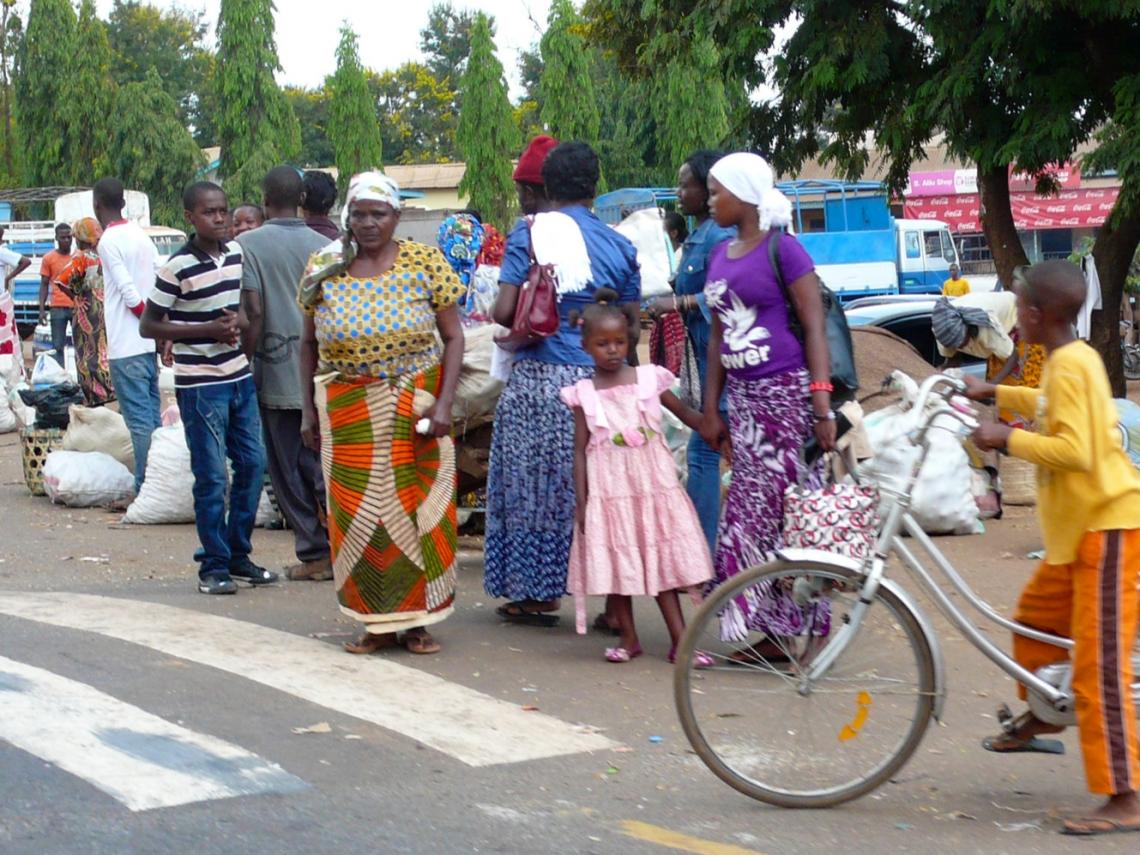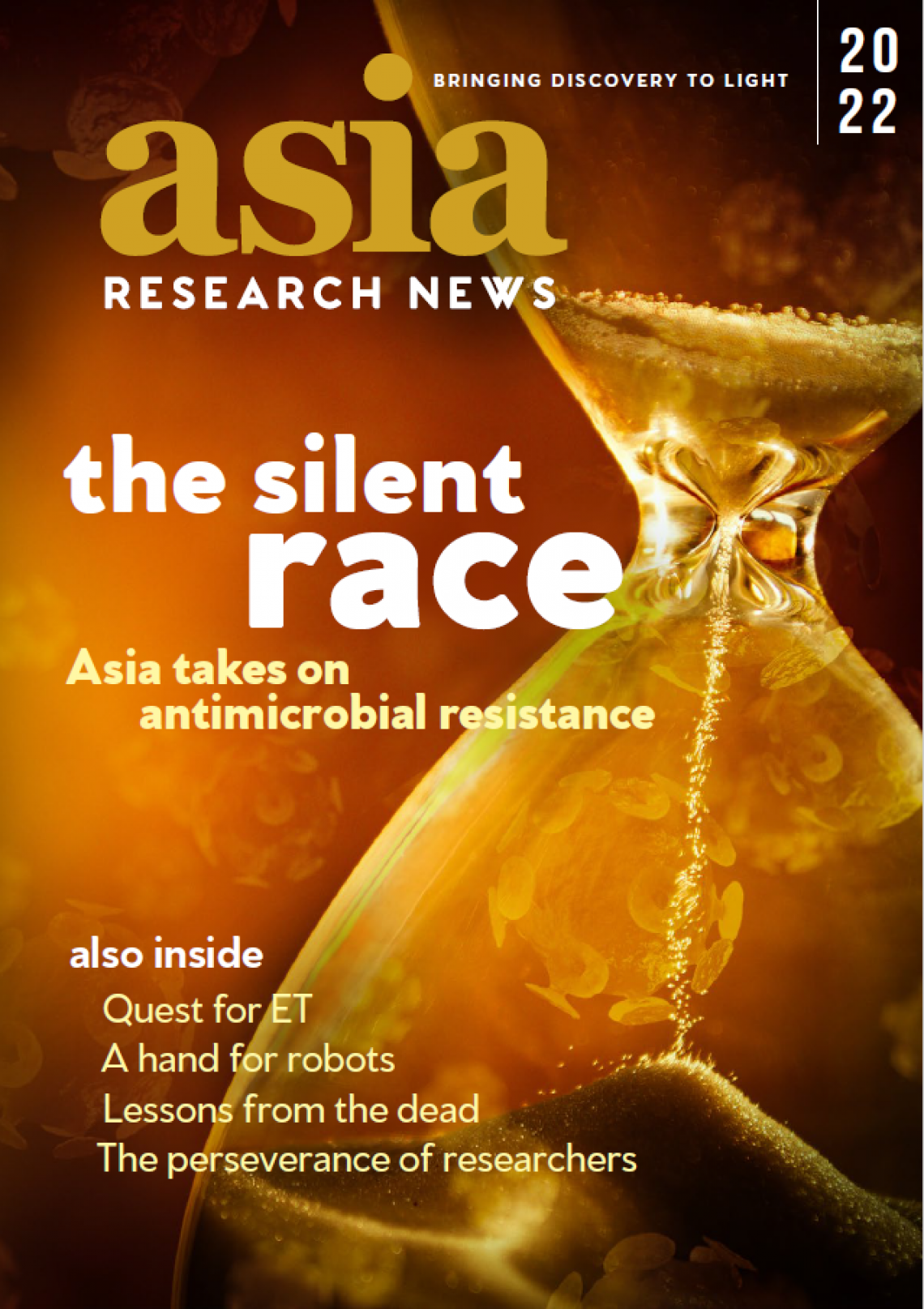Bacterial antimicrobial resistance poses a huge global threat to human health.
This story is featured in the Asia Research News 2022 magazine. If you would like to receive regular research news, join our growing community.
Get the news in your inbox
Read other articles in our Special Feature on Antimicrobial Resistance
Bacterial antimicrobial resistance (AMR) poses a huge global threat to human health, most significantly in sub-Saharan Africa and South Asia, according to a study published in The Lancet in January 2022.
Conducted by an international collaboration of researchers, the study found that 1.27 million deaths worldwide could have been prevented in 2019 if all drug-resistant bacterial infections were replaced by drug-susceptible ones. Estimates showed that sub- Saharan Africa and South Asia carried the highest burden of deaths attributable to bacterial AMR in 2019, while Australasia had the lowest.
The researchers who published The Lancet study estimated the burdens of bacterial AMR in 204 countries and territories in 2019 that were associated with 23 pathogens and 88 pathogen-drug combinations by using predictive statistical modelling on a wide array of data obtained from the scientific literature, hospitals, pharmaceutical companies, diagnostic laboratories, clinical trial data, and global and national surveillance networks and systems. Their modelling approach was able to include estimates for locations that did not have data.
They found that 1.5 million deaths from lower respiratory infections could have been prevented in 2019 if all drug-resistant infections were replaced by no infections. They also identified six bacteria and seven pathogen-drug combinations as being responsible for a significantly large portion of AMR-associated deaths.
“Our estimates indicate that bacterial AMR is a health problem whose magnitude is at least as large as major diseases such as HIV and malaria, and potentially much larger,” write the researchers. “If left unchecked, the spread of AMR could make many bacterial pathogens much more lethal in the future than they are today.”
Estimates showed that sub-Saharan Africa and South Asia carried the highest burden of deaths attributable to bacterial AMR.
The researchers explain that high burdens of bacterial AMR occur as a result of two confounding factors: a high prevalence of bacterial drug resistance and a high frequency of critical infections. Other drivers of high AMR burden in low- to middle-income countries include poor laboratory infrastructure, making it difficult to inform treatments; insufficient in-country regulations of antibiotics, leading to their inappropriate use; the presence of substandard or counterfeit antibiotics; and poor sanitation and hygiene.
The study found that AMR patterns varied widely geographically, with different pathogens and pathogen-drug combinations dominant in different locations. The information could help policymakers devise context-specific responses. For example, limiting access to antibiotics in South Asia could prove helpful, as their overuse and misuse are expected to be a major driver of AMR burden in the region. In western sub-Saharan Africa, on the other hand, it might be useful to make second-line antibiotics more accessible. These are antibiotics that are prescribed when a first course of antibiotics doesn’t work.
The study’s findings highlight the importance of developing policies that specifically target certain pathogen-drug combinations through expanding infection prevention and control programmes, improving access to some antibiotics, and through vaccine and antibiotic development. The researchers emphasize that it should be a very high priority for global health policy makers to increase laboratory and data collection capacities with the aim of improving understanding of bacterial AMR.
Read other articles in our Special Feature on Antimicrobial Resistance
We welcome you to reproduce articles in Asia Research News 2022 provided appropriate credit is given to Asia Research News and the research institutions featured.






